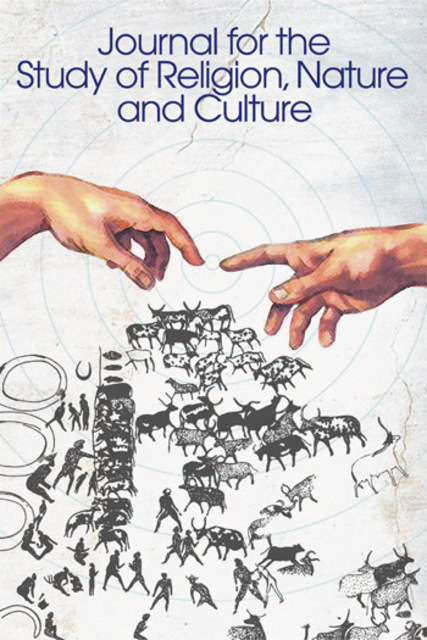Apples for Audubon and Eggplant for Oya: Afro-Caribbean Diaspora Religious Practice in Sugar Hill, New York City’s Parks and Cemetery

Full description
Harlem’s historic Sugar Hill neighborhood possesses several public parks and cemeteries used by African and Afro-Caribbean Diaspora communities for religious activities. In my research, I have identified and mapped sites of religious activities and conducted interviews with community members, revealing how practitioners of Santería, Vodou, and Yoruba traditions have adapted to their urban home via the use of public space. The religious traditions explored here require interaction with nature and the physical land. Therefore, I argue that public space serves as critical infrastructure for facilitating the practice of these religious traditions. I build on the views of Erika Svendsen, Lindsay Campbell, and Heather McMillen that practitioners who engage in this use of public space derive a psycho-social-spiritual benefit from those spaces, while simultaneously contributing to the diversity and democracy of these public spaces as Frederick Law Olmsted and others have theorized.
- typeImage
- created on
- file formatjpeg
- file size107 KB
- container titleJournal for the Study of Religion, Nature and Culture
- creatorSaille Caia Murray
- issn1749-4915 (online)
- issue15.4
- publisherEquinox Publishing Ltd.
- publisher placeSheffield, United Kingdom
- rightsEquinox Publishing Ltd.
- volume
- doi
We use cookies to analyze our traffic. Please decide if you are willing to accept cookies from our website. You can change this setting anytime in Privacy Settings.
